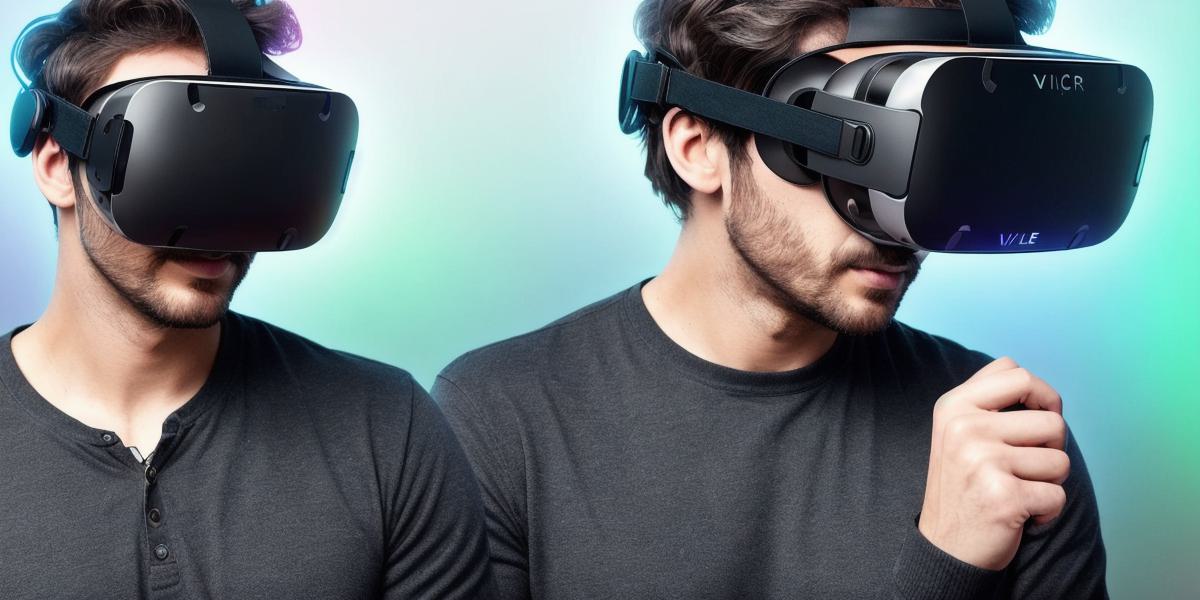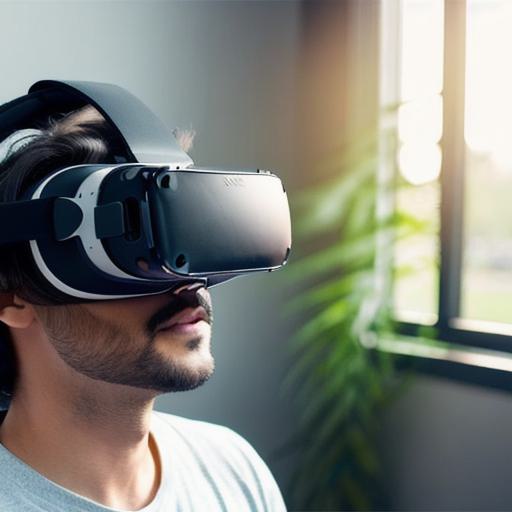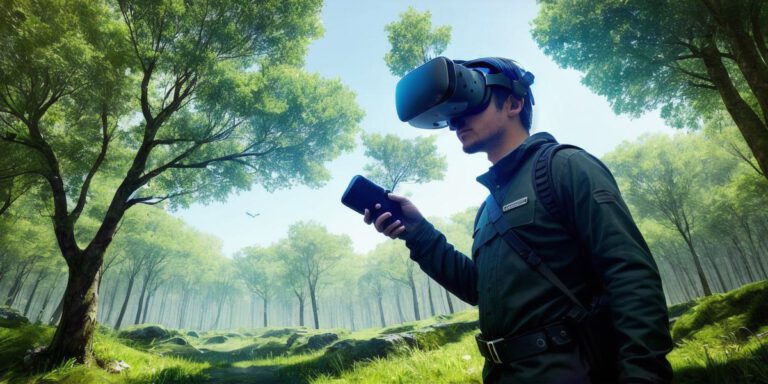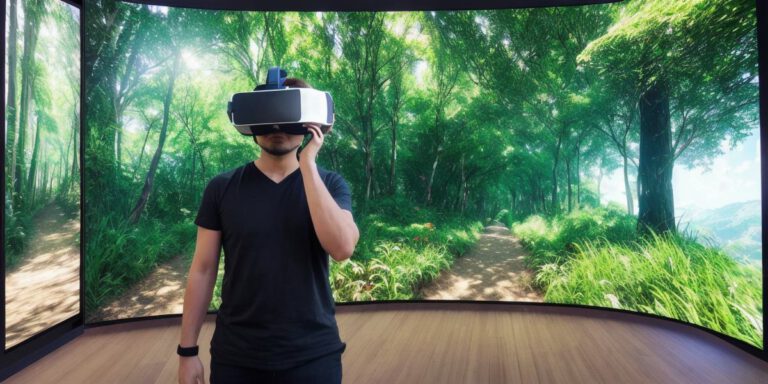The Future of Virtual Reality: Advancements, Potential, Impact

Virtual reality (VR) technology has been rapidly evolving since its inception, with advancements driving new possibilities and use cases across various industries. This article explores the current state of VR, its potential impact, and what lies ahead for this exciting and dynamic field.
Advancements in Virtual Reality Technology
One of the most significant recent advancements in VR is the development of standalone headsets, such as Oculus Quest 2, which offers a wireless, all-in-one experience without the need for a high-powered PC. This has democratized access to VR, making it more accessible and affordable to a wider range of users.

Another area where VR is making significant strides is in haptic technology. Haptics refers to the use of tactile feedback to simulate physical sensations in virtual environments. With advancements in haptic gloves and other devices, users can now feel more immersed and engaged in VR experiences.
Potential Impact of Virtual Reality
Virtual reality has the potential to revolutionize many industries, from entertainment to healthcare, education, and even real estate. For example, in the entertainment industry, VR offers a unique way for users to experience movies and games in a more immersive and interactive way. In healthcare, VR can be used for training medical professionals, simulating surgeries, and even treating conditions such as PTSD and anxiety disorders.
In education, VR can provide students with immersive learning experiences that allow them to explore historical events, scientific concepts, and cultural traditions in a more engaging way. In real estate, VR can be used for virtual property tours, allowing buyers and renters to see properties in a more realistic and detailed way.
Impact of Virtual Reality on Society
Virtual reality has already had a significant impact on society, particularly in the areas of gaming and entertainment. With the rise of VR, we have seen the emergence of new types of content, such as 360-degree videos and interactive experiences that were not possible before. This has led to a more engaging and immersive form of storytelling and has opened up new opportunities for creators.
Virtual reality also has the potential to address some of the world’s most pressing issues, such as climate change and social inequality. For example, VR can be used to simulate the effects of climate change on different regions of the world, helping policymakers make more informed decisions about how to mitigate its impact.
FAQs
- What is virtual reality?
Virtual reality is a computer-generated simulation in which a person can interact in a seemingly real or physical way, typically through the use of a headset or other devices that track movements. - What are some examples of VR applications?
Virtual reality has applications in entertainment, healthcare, education, real estate, and many other industries. Some examples include gaming, training medical professionals, simulating surgeries, providing immersive learning experiences, and virtual property tours. - What are the potential risks associated with VR?
While virtual reality offers many benefits, there are also some potential risks associated with its use, such as motion sickness, disorientation, and even addiction. It is important to approach VR use responsibly and in moderation. - How will virtual reality continue to evolve in the future?
Virtual reality technology is constantly evolving, with advancements expected in areas such as haptic feedback, resolution, and user experience. As the technology continues to develop, we can expect to see even more innovative applications and use cases across various industries.
Conclusion
The future of virtual reality is bright, with








